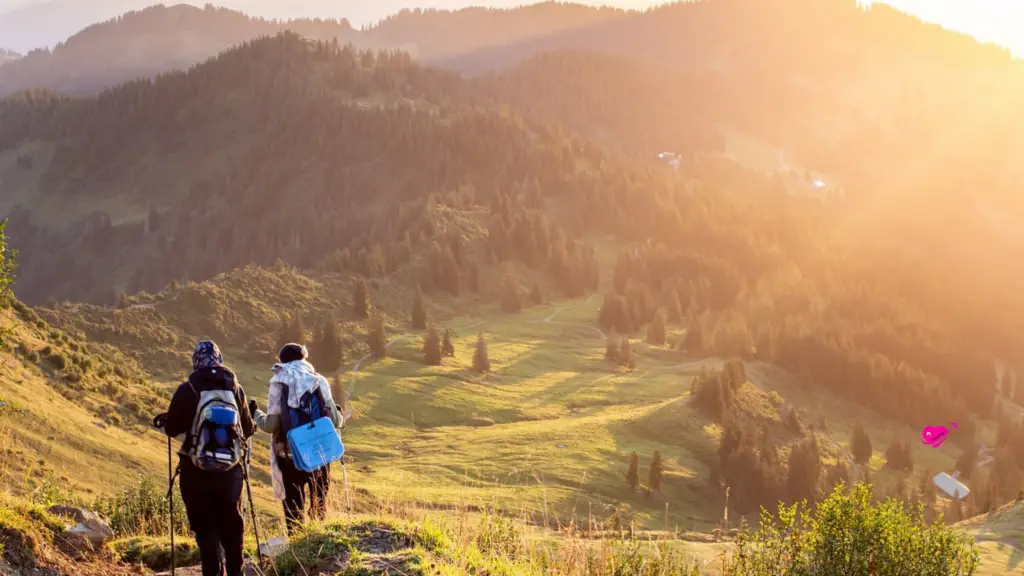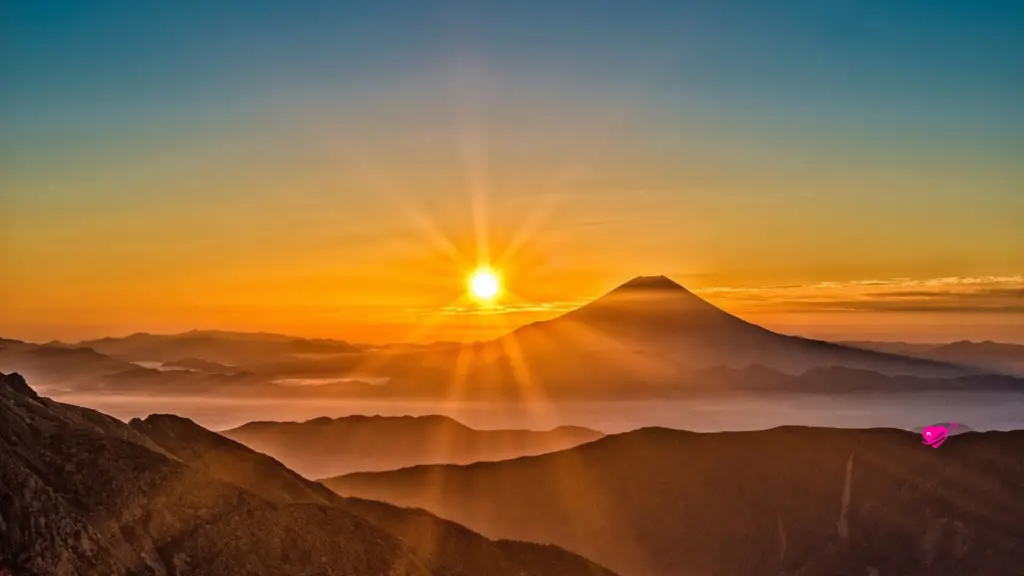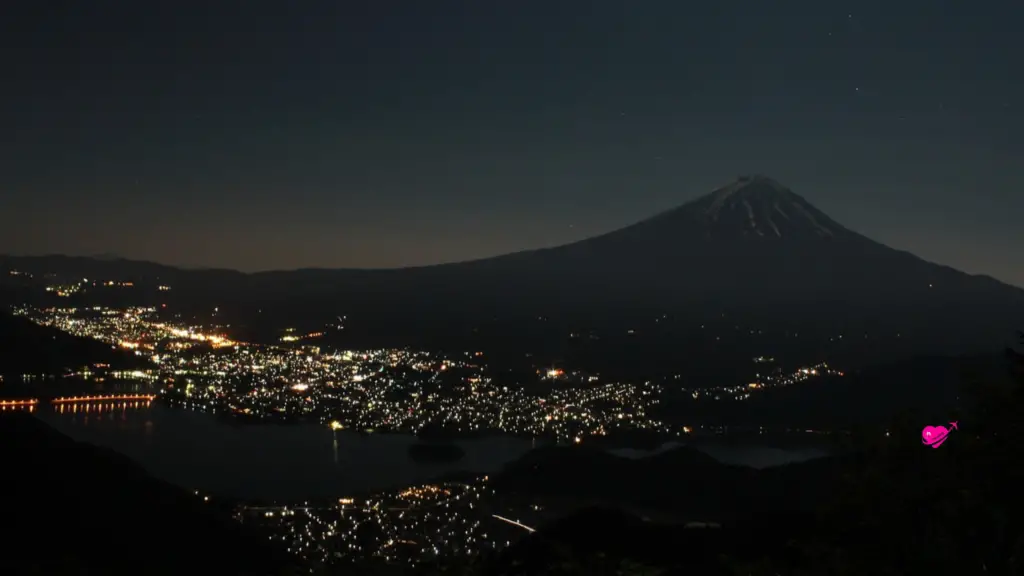Fuji Mountain Hike Difficulty: A Comprehensive Guide for Hikers
Mount Fuji, an iconic symbol of Japan, attracts thousands of hikers from across the globe. Known for its stunning beauty and cultural significance, Fuji-san (as it is affectionately called by locals) is a bucket list destination for adventurers and spiritual seekers alike. But how difficult is it to hike Mount Fuji? This guide delves into the factors that determine the difficulty of the hike, the different trails available, and tips for a safe and enjoyable ascent.

1. An Overview of Mount Fuji
Mount Fuji is Japan’s highest peak, standing at 3,776 meters (12,389 feet) above sea level. Its nearly perfect conical shape makes it a favorite subject of art and photography. Besides being a UNESCO World Heritage site, Mount Fuji is a significant pilgrimage site in Japan, and climbing it has spiritual importance for many people.
Also Read : 40 Best Hiking Trails Destinations for Your Next Adventure
The official climbing season typically runs from early July to early September when the weather is more favorable, and the trails are open. Outside of this period, the mountain becomes much more dangerous due to snow, icy conditions, and limited rescue options.
2. How Difficult Is It to Hike Mount Fuji?
Mt fuji hike difficulty is often described as a strenuous but achievable climb for anyone in reasonable physical condition. The hike does not require technical climbing skills, but certain aspects can make it challenging:
- Altitude: The biggest difficulty in climbing Mount Fuji is the altitude. At over 3,700 meters, altitude sickness can affect even seasoned hikers. The rapid ascent, especially for those not acclimatized, can lead to symptoms like dizziness, nausea, and headaches.
- Steep Terrain: The trail becomes steep and rocky as you approach the summit. The loose volcanic ash and rocks make it tricky, and you’ll need good footwear and trekking poles for stability.
- Weather Conditions: Weather on the mountain is unpredictable. Temperatures at the summit can drop to freezing, even in summer, and winds can be strong. Being prepared with layers and proper gear is essential.
- Long Hike Duration: The hike to the summit and back typically takes between 8 to 12 hours, depending on your pace and chosen trail. It requires stamina and patience.

3. Mount Fuji’s Four Main Trails
Also Read : Top 9 Best Places To Visit In September You Must Be Visit
There are four main trails to the summit, each with varying difficulty levels. Choosing the right trail can significantly affect your experience.
a. Yoshida Trail (Yellow Trail)
- Difficulty Level: Moderate
- Starting Point: Fuji-Subaru Line 5th Station
- Elevation Gain: 1,500 meters
- Time: 7-10 hours round trip
- Popularity: This is the most popular trail, especially for first-time hikers. The trail offers well-maintained facilities, including mountain huts, food stalls, and emergency services. However, due to its popularity, it can get crowded during the peak season.
b. Subashiri Trail (Red Trail)
- Difficulty Level: Moderate
- Starting Point: Subashiri 5th Station
- Elevation Gain: 1,700 meters
- Time: 8-11 hours round trip
- Experience: This trail is less crowded than Yoshida but joins it around the 8th station. The ascent is through forests, providing some shelter from wind and sun. On the descent, hikers encounter soft volcanic sand, which can be a relief on tired knees.

c. Gotemba Trail (Green Trail)
- Difficulty Level: Challenging
- Starting Point: Gotemba 5th Station
- Elevation Gain: 2,300 meters
- Time: 10-12 hours round trip
- Experience: Gotemba Trail is the longest and least crowded of the four trails. It’s often considered the most challenging due to its length, the larger elevation gain, and the barren landscape, which offers little shade or shelter. The volcanic ash can make both the ascent and descent slower.
d. Fujinomiya Trail (Blue Trail)
- Difficulty Level: Difficult
- Starting Point: Fujinomiya 5th Station
- Elevation Gain: 1,400 meters
- Time: 6-9 hours round trip
- Experience: This is the shortest route to the summit, but the steep incline makes it one of the more challenging trails. It’s a favorite for those wanting a quicker but harder ascent. The trail has fewer facilities than the Yoshida route, and the weather can be harsher due to the higher starting elevation.
4. Physical Preparation for Climbing Mount Fuji

Even though Mount Fuji is a non-technical climb, preparation is essential. Here are some tips to get you ready for the hike:
a. Build Stamina
The climb is long and requires sustained effort over several hours. Cardiovascular exercises like running, cycling, or swimming are excellent ways to build the stamina needed for the hike. Aim to start training at least a few months before your climb.
b. Strength Training
To prepare for the steep sections, leg strength is crucial. Incorporate exercises like squats, lunges, and stair climbing into your workout routine. Strengthening your core will also help with balance, especially on uneven terrain.
c. Acclimatization
If possible, spend time at a higher altitude before attempting the climb. Many hikers stay overnight at one of the mountain huts around the 7th or 8th station to acclimatize before continuing to the summit the next day.
5. Essential Gear for Hiking Mount Fuji

a. Clothing
- Layers: The temperature can vary greatly between the base and the summit, so bring layered clothing that can easily be adjusted. A waterproof jacket is a must to protect against wind and rain.
- Gloves and Hat: These are essential for keeping warm, especially at the summit.
b. Footwear
- Hiking Boots: Sturdy, well-fitted hiking boots with good ankle support are critical for handling the rocky and uneven terrain.
c. Trekking Poles
- Trekking poles can be helpful for both ascending and descending, particularly when navigating loose rocks and sand.
d. Headlamp
- If you plan on doing the famous sunrise hike (Goraiko), a headlamp is essential for navigating the trails in the dark.
e. Snacks and Water
- Bring high-energy snacks such as nuts, protein bars, and trail mix. Water is essential, but note that carrying too much can weigh you down. Water is available for purchase at mountain huts along the way, although it can be expensive.
6. Best Time to Hike Mount Fuji

The ideal time to hike Mount Fuji is during the official climbing season from July to early September. Outside of this period, trails are closed, and the climb becomes much more dangerous due to severe weather and snow. Even within the climbing season, the weather can change quickly, so checking forecasts before your hike is critical.
If you want to avoid the crowds, plan your hike for a weekday rather than a weekend. August is the busiest month, particularly around the Obon holiday period, so consider hiking in early July or late August for a less crowded experience.
7. Tips for a Safe and Enjoyable Hike
- Pace Yourself: The ascent is a marathon, not a sprint. Going too fast increases the risk of altitude sickness.
- Hydrate Often: Drink water regularly, even if you don’t feel thirsty, to avoid dehydration.
- Listen to Your Body: If you experience symptoms of altitude sickness, descend to a lower altitude and rest.
- Stay Overnight: To reduce fatigue and improve your experience, consider breaking the hike into two days and staying overnight at a mountain hut.
8. FAQs About Mount Fuji Hike Difficulty
Q1: Is it possible to hike Mount Fuji without prior hiking experience?
Yes, Mount Fuji can be hiked without prior experience, but it’s important to be in good physical shape and prepared with proper gear. It’s recommended to take the Yoshida Trail if you’re a beginner.
Q2: Can children hike Mount Fuji?
Children can hike Mount Fuji, but the trek can be challenging for them, particularly due to the altitude. Proper preparation and a slower pace are necessary to ensure their safety and enjoyment.
Q3: How long does it take to climb to the summit of Mount Fuji?
On average, it takes between 6 to 10 hours to reach the summit, depending on the trail you choose and your pace.
Q4: What should I do if I get altitude sickness during the hike?
If you experience symptoms of altitude sickness (such as dizziness, nausea, or headaches), stop, rest, and if necessary, descend to a lower altitude. Drinking water and going at a slower pace can help prevent it.
Q5: Is the descent difficult?
Yes, the descent can be tough on the knees due to the steep terrain and loose volcanic ash. Trekking poles can help stabilize your descent and reduce strain.
Q6: Can I hike Mount Fuji outside of the official climbing season?
Hiking outside of the official season is strongly discouraged due to dangerous conditions such as snow, ice, and lack of emergency services.
Conclusion
While the hike up Mount Fuji is certainly challenging, it’s a rewarding experience for those well-prepared. With the right physical preparation, gear, and respect for the mountain’s conditions, it’s possible for most people to reach the summit and take in the breathtaking views.





